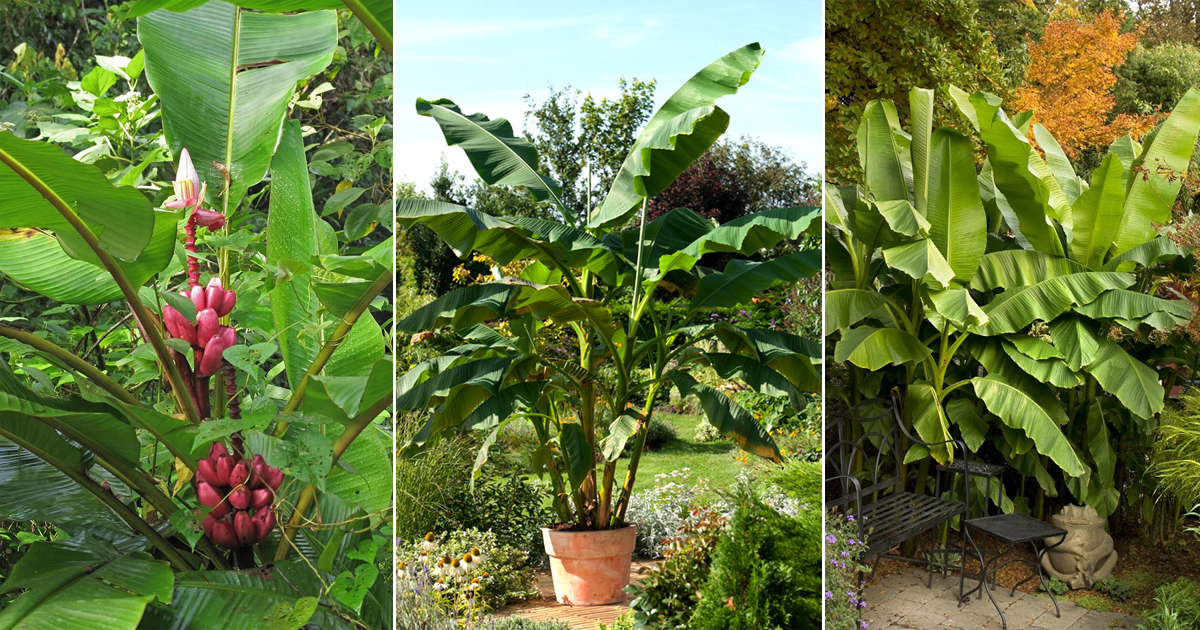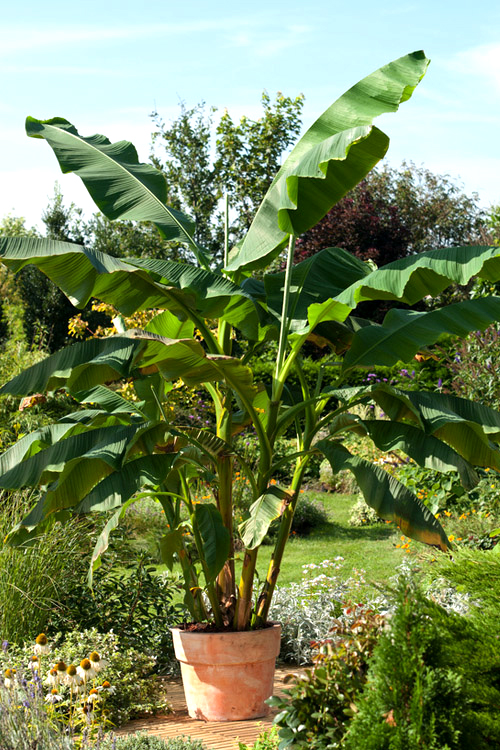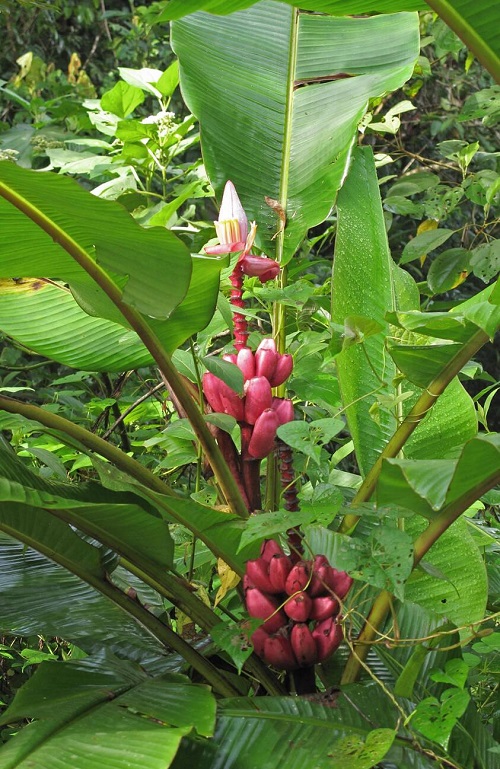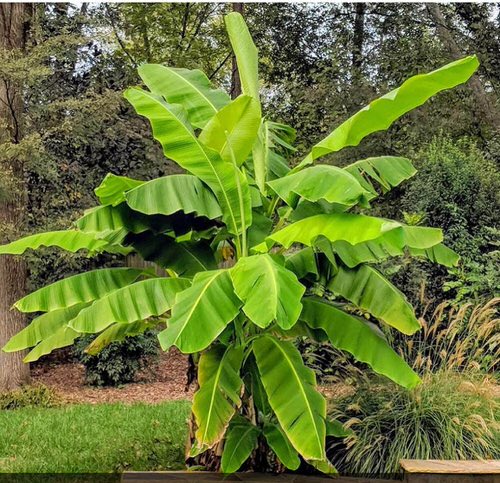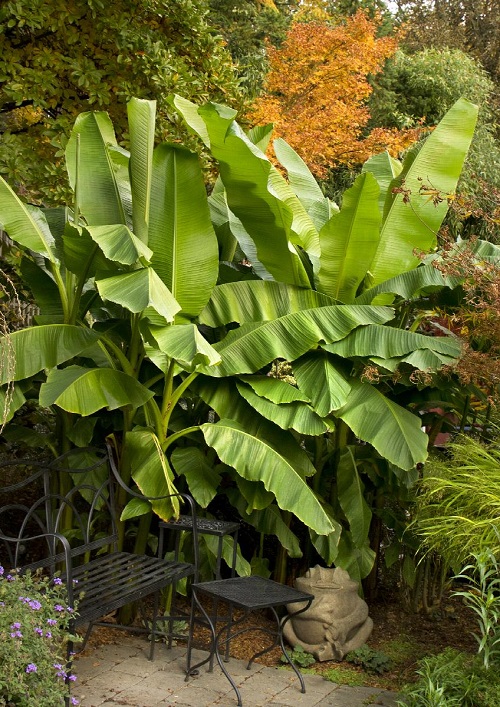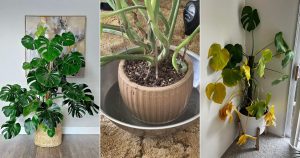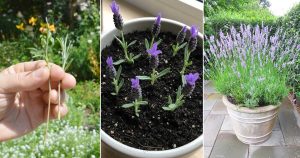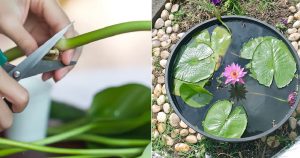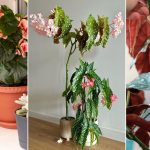Have tropical vibes in your home by Growing Banana Trees in a Cold Climate. Read all the necessary conditions that banana tree prefers below.
If you live in a chilling climate but want to grow banana trees, try a cold-hardy variety. Read more about Growing Banana Trees in Cold Climates below.
How much cold can a banana tree withstand?
Many banana species adjacent to the cold-hardy banana can withstand cold weather, such as the Chinese yellow banana and Sikkim banana. The cold-hardy bananas are the hardest and can tolerate temperatures as low as -20 F.
Cold Hardy Banana Tree Varieties
1. Pink Banana (Musa velutina)
This variety of flowers provides more chances to develop fruits early on. It is grown as an ornamental plant, contrary to an edible one.
2. Musella lasiocarpa
This dwarf variety is a banana relative, it forms a quite large yellow fruit-shaped like artichoke.
3. Musa Basjoo
This cold, hardy variety becomes quite large. It grows in freezing temperatures all over the US.
Appearance of a Cold Hardy Banana Tree
The cold, hardy banana tree offers green foliage and small, light yellow blooms. Inedible bananas emerge from these flowers. At the early stage, fruits are bright green and then turn yellow after ripening. They are not edible, as the inside is dry and bitter.
Growing Banana Trees in Cold Climate
Also known as Musa Basjoo, a cold, hardy banana tree can be grown in cold temperatures all around the US and gives a tropical feel, although it does not produce any fruit. It can be grown in all 50 states. However, if you are living in the colder regions of Alaska, the North, or the Midwest, you have low success with keeping the tree living for more than a few years.
USDA Zones: 4-11
How to Plant a Cold Hardy Banana Tree
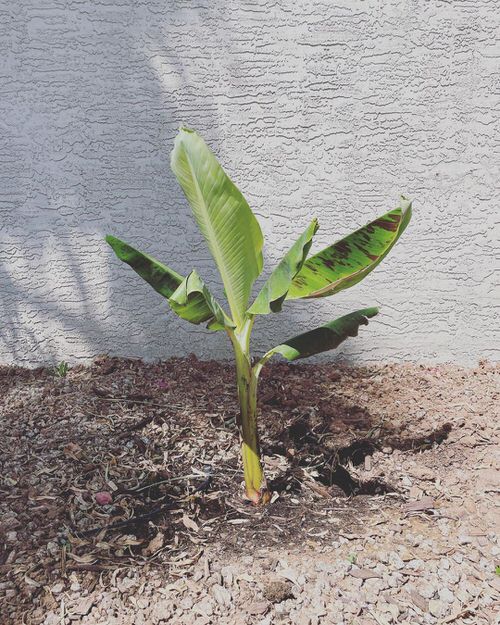
When you buy a cold hardy banana tree, you will receive a rhizome (mass of root with a starter) or sucker emerging out of it. You can plant them in a pot on a patio, in a yard, or in a large container inside your home near a window.
Plant the rhizome in a three feet wide and two feet deep hole. Fill half of the hole with amended soil from aged manure or compost and half with original dirt. Water deeply, apply a layer of mulch near the rhizome in 2-3 inch layer.
The pseudostem will develop from the rhizome, and the true stem will emerge from the center of the pseudostem and produce yellow blooms that become bananas when fertilized. This whole procedure will take nine months. A cold-hardy banana tree will live for around six years.
Requirements for Growing Cold Hardy Banana Tree
Location
Grow cold, hardy bananas in direct sunlight. Choose a location in the center of your garden, distant from other plants that cause shade, indoors next to a large window, or in a container on an exposed patio.
Soil
For growing cold hardy bananas, use well-draining, extremely fertile, acidic soil with a pH between 5.5 and 6.5.
Watering
This tree needs deep watering three times a week that spans the root system, mainly in the summer months during the active growth phase. Underwatering will affect growth and dry out the plant.
Fertilizer
Apply water-soluble or organic fertilizer in an 8-10-10 NPK ratio once every two to three weeks during summer.
Tolerance and Susceptibility
The major disease that can affect American bananas is root rot, which causes rhizomes to rot due to cold, wet soil.
One more cause of damage is strong winds. However, plants can tolerate cold temperatures.
Wildlife Risks
Cold, hardy bananas are not edible, so animals or insects don’t get attracted to them. Though, common insects like aphids and moths can nibble the leaves.

